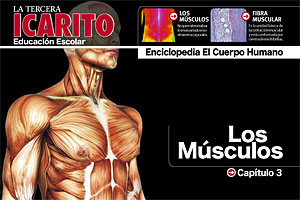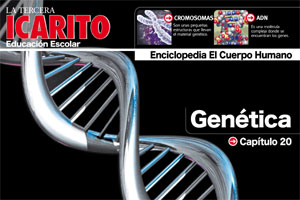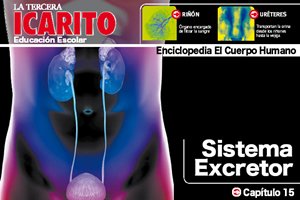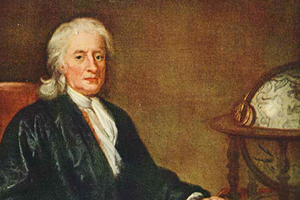In this the third chapter of the Human Body Encyclopedia we have gotten to know one of the fundamental components of the osteomuscular system, the muscles.
To see what and how much you have learnt in this chapter, we recommend that you review the tips, summary and answer a few verifying questions.
Summary
Structure of the muscles:
-Microscopically, the basic unit of muscles is the cell or muscle fiber.
-There are two types of fibers: those which contract rapidly and which contract slowly.
-To the naked eye (macroscopically), the muscles are made up of three fundamental structures: tendons, insertions and muscular belly.
Muscular work:
– In order for the muscles to move, they must contract.
-A muscle contraction happens when a neuron orders the fibers to shorten.
– A motor neuron and muscle fiber are found in the so called neuromuscular junction.
– There are two types of contraction, isometric and isotonic.
Types of muscles:
– According to the function, there are three types of muscles: skeletal, smooth and cardiac.
– Another classification categorizes the muscles according to their size and shape (long, short, orbiculari and wide)
– They can also be classified into the movements they perform: flexors, extensors, pronators, supinators, abductors and adductors.
-According to where they are found in our body, there are superficial and deep muscles.
Body muscles:
-The muscles of the head are small and allow for chewing and gesturing.
-The muscles of the neck are thick in order to move this area and support the head.
-The muscles of the thorax, abdomen and back are large and powerful.
-The muscles of the upper extremities are grouped into zones: shoulder, arm, forearm and hand.
-The muscles of the lower extremities are highly developed.







 Muere Isaac Newton
Muere Isaac Newton